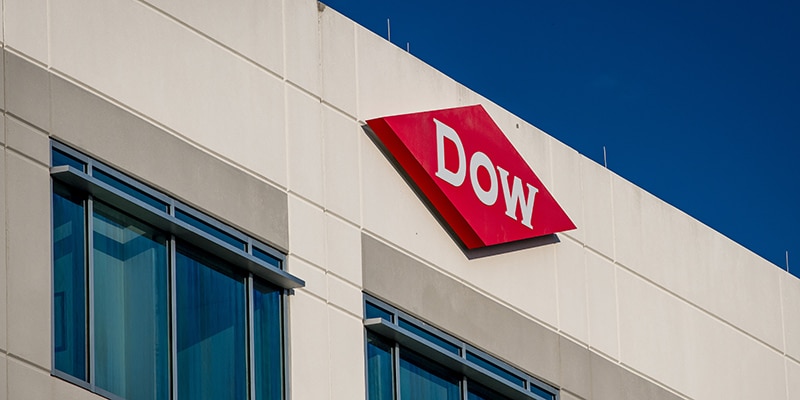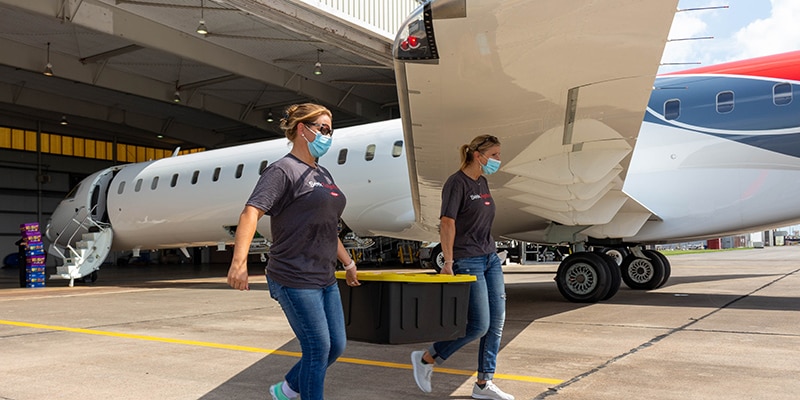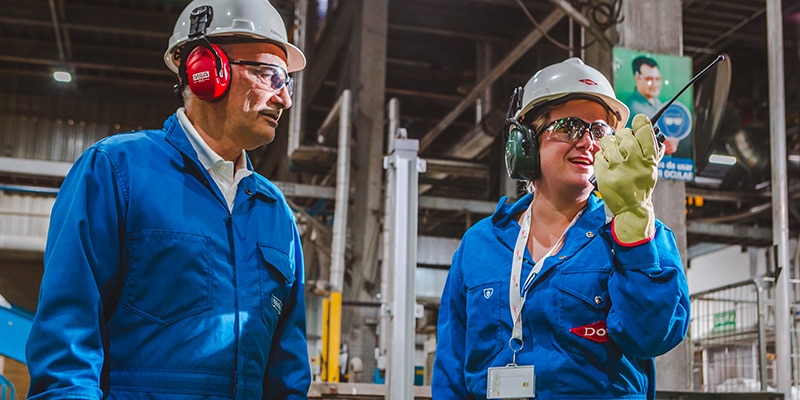The COVID-19 pandemic accelerated innovation throughout the healthcare industry as scientists and researchers collaborated on efforts to stop the virus from spreading. Dow played an important role helping the pharmaceutical industry develop lifesaving COVID-19 vaccines that are now available to people around the world.
To develop COVID-19 vaccines, researchers can use a process called bioprocessing, which uses cells to replicate vaccine ingredients. Historically, batches of cells were grown inside stainless-steel tanks before they were purified and formulated into vaccines. However, this method of vaccine development requires a significant amount of capital investment, water, energy, and time to clean, sterilize, and validate the tanks, as minor impurities can interfere with the process. Many high-volume products will continue to use fixed stainless steel systems, but single-use or disposable bioprocessing systems are being increasingly adopted for commercial products.
Dow’s Healthcare & Hygiene team worked with the pharmaceutical industry to develop materials for single-use bioprocessing bags that can line or replace stainless steel tanks. Bioprocessing bags enable cleaner, safer and more efficient operation of batch-operated bioprocessing systems. Additionally, the bags, which range in size from 50 ml (about ¼ cup) to 3,000 L (793 gallons), are more reliable and more sustainable than traditional stainless-steel tanks.
Each bioprocessing bag uses a multilayer film structure. Dow’s resins are used throughout the film structure. The contact layer of a bioprocessing bag is made from ENGAGE™ HEALTH+™ Polyolefin Plastomer to provide the necessary flexibility and inertness. The tie layers in bioprocessing bags consist of BYNEL™ Adhesive Resins or ELVAX™ Ethylene Vinyl Acetate Copolymer Resins.
“No one could have foreseen the global COVID-19 pandemic,” said Michael White, Senior Marketing Manager. “But I’m incredibly proud that Dow’s materials science expertise and commitment to the medical industry is not only helping to end this health crisis but will also help to advance healthcare productivity and safety for years to come,”





